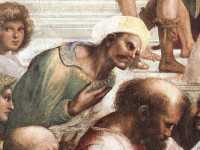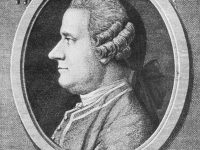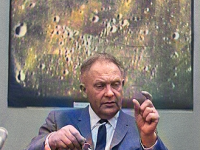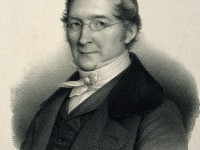She’s just sunstruck – Maria Telkes and the Power of the Sun
On December 12, 1900, Hungarian–American scientist and inventor Mária Telkes was born. She is best known for her work in solar energy technology. Mária Telkes – Early Years Mária Telkes was born in Budapest, Hungary, to Aladar and Maria Laban de Telkes. She attended elementary and high school in Budapest. Then, studied at the University of Budapest, graduating with a B.A. in physical chemistry in 1920 and a PhD in 1924. Shortly after, she…
Read more











